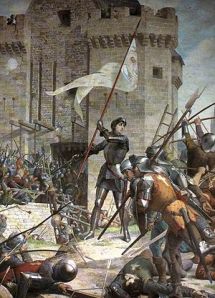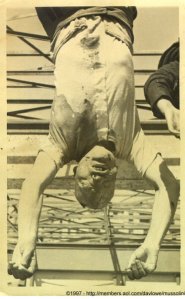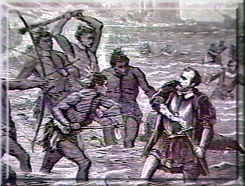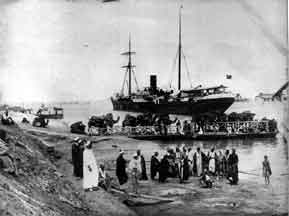Adolf Hitler commits suicide
On this day in 1945, holed up in a bunker under his headquarters in Berlin, Adolf Hitlercommits suicide by swallowing a cyanide capsule and shooting himself in the head. Soon after, Germany unconditionally surrendered to the Allied forces, ending Hitler’s dreams of a «1,000-year» Reich.
Since at least 1943, it was becoming increasingly clear that Germany would fold under the pressure of the Allied forces. In February of that year, the German 6th Army, lured deep into the Soviet Union, was annihilated at the Battle of Stalingrad, and German hopes for a sustained offensive on both fronts evaporated. Then, in June 1944, the Western Allied armies landed at Normandy, France, and began systematically to push the Germans back toward Berlin. By July 1944, several German military commanders acknowledged their imminent defeat and plotted to remove Hitler from power so as to negotiate a more favorable peace. Their attempts to assassinate Hitler failed, however, and in his reprisals, Hitler executed over 4,000 fellow countrymen.
In January 1945, facing a siege of Berlin by the Soviets, Hitler withdrew to his bunker to live out his final days. Located 55 feet under the chancellery, the shelter contained 18 rooms and was fully self-sufficient, with its own water and electrical supply. Though he was growing increasingly mad, Hitler continued to give orders and meet with such close subordinates as Hermann Goering, Heinrich Himmler and Josef Goebbels. He also married his long-time mistress Eva Braun just two days before his suicide.
In his last will and testament, Hitler appointed Admiral Karl Donitz as head of state and Goebbels as chancellor. He then retired to his private quarters with Braun, where he and Braun poisoned themselves and their dogs, before Hitler then also shot himself with his service pistol.
Hitler and Braun’s bodies were hastily cremated in the chancellery garden, as Soviet forces closed in on the building. When the Soviets reached the chancellery, they removed Hitler’s ashes, continually changing their location so as to prevent Hitler devotees from creating a memorial at his final resting place. Only eight days later, on May 8, 1945, the German forces issued an unconditional surrender, leaving Germany to be carved up by the four Allied powers.









